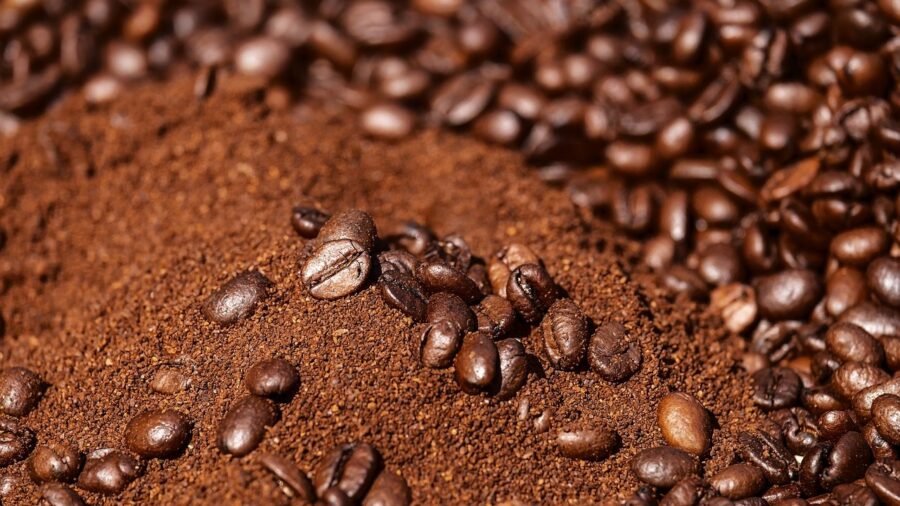Scientists Are Using Coffee To Make Buildings Stronger Than Ever

Scientists have discovered that concrete becomes almost 30 percent stronger when using coffee grounds as a sand substitute. Since untreated coffee grounds would have a detrimental effect on the strength of concrete, the researchers used a technique known as pyrolysis, as detailed in a new study published in the Journal of Cleaner Production.
“The inspiration for our work was to find an innovative way of using the large amounts of coffee waste in construction projects rather than going to landfills – to give coffee a ‘double shot’ at life.”
-Rajeev Roychand, lead author of the biochar study
This involved subjecting the coffee grounds to 660 or 932 degrees Fahrenheit temperatures in an oxygen-deprived furnace for two hours. As a result of this process, the organic components that contribute to the weakness of the grounds were eliminated, resulting in the creation of a purified material referred to as biochar.
Two different biochar temperatures were introduced into Portland cement, progressively substituting sand, a conventional concrete component, to a maximum of 20 percent of its usual volume. This was followed by different combinations being poured and allowed to set. The resultant blocks underwent tests to determine their compressive strength using X-ray diffraction and scanning electron microscopy.
The optimal mixture included coffee grounds subjected to pyrolysis at 662 degrees, which replaced 15 percent of the sand component. This blend led to a remarkable increase of just over 29 percent in compressive strength. These findings mean that the 15 million tons of spent coffee grounds produced each year could be put to better use instead of ending up in landfills.
Scientists have found a way to replace sand with altered coffee grounds in the creation of concrete.
Speaking about the study, lead author Rajeev Roychand, who is also a materials scientist at RMIT University in Australia, said, “The inspiration for our work was to find an innovative way of using the large amounts of coffee waste in construction projects rather than going to landfills – to give coffee a ‘double shot’ at life.”
As such, the researchers are convinced that this discovery could play a crucial role in reducing our reliance on sand for infrastructure purposes, thus significantly boosting global conservation endeavors. According to a study conducted by the United Nations, approximately 50 billion metric tons of sand is extracted annually.
Study co-author Jie Li, a civil engineer at RMIT, emphasized the environmental impact of the ongoing extraction of natural sand from sources like river beds to meet the escalating needs of the construction sector. Li believes that his team has already captured the interest of several industry groups.
Other Uses For Coffee Grounds

The next step for the researchers involves devising methods to transform their coffee-infused concrete into a feasible and practical alternative. Meanwhile, sustainability is gaining prominence within the global coffee sector. Several forward-looking companies are actively repurposing discarded coffee grounds to reduce their accumulation in landfills.
Ford recently revealed its integration of McDonald’s used coffee chaff into car headlight production, while Taiwanese textile firm Singtex is incorporating recycled coffee grounds into apparel manufacturing. Additionally, companies like HuskeeCup are transforming spent coffee remnants into reusable cups.
These initiatives are not limited to large corporations – they’re also taking shape at a lower level. A Melbourne-based organization called Reground is dedicated to converting chaff and used grounds into compost, showcasing sustainable practices on a community scale. Coffee has a dual environmental effect, with coffee grounds presenting various impacts.
Detrimental effects include the attraction of pests, soil contamination, and smothering of plants, deforestation linked to coffee plantations, significant carbon emissions, and the discharge of pollutants into water bodies. Positively, coffee grounds can expedite composting, act as fertilizer, repel some pests, serve as a cleaning abrasive, absorb odors, and aid seed germination.












